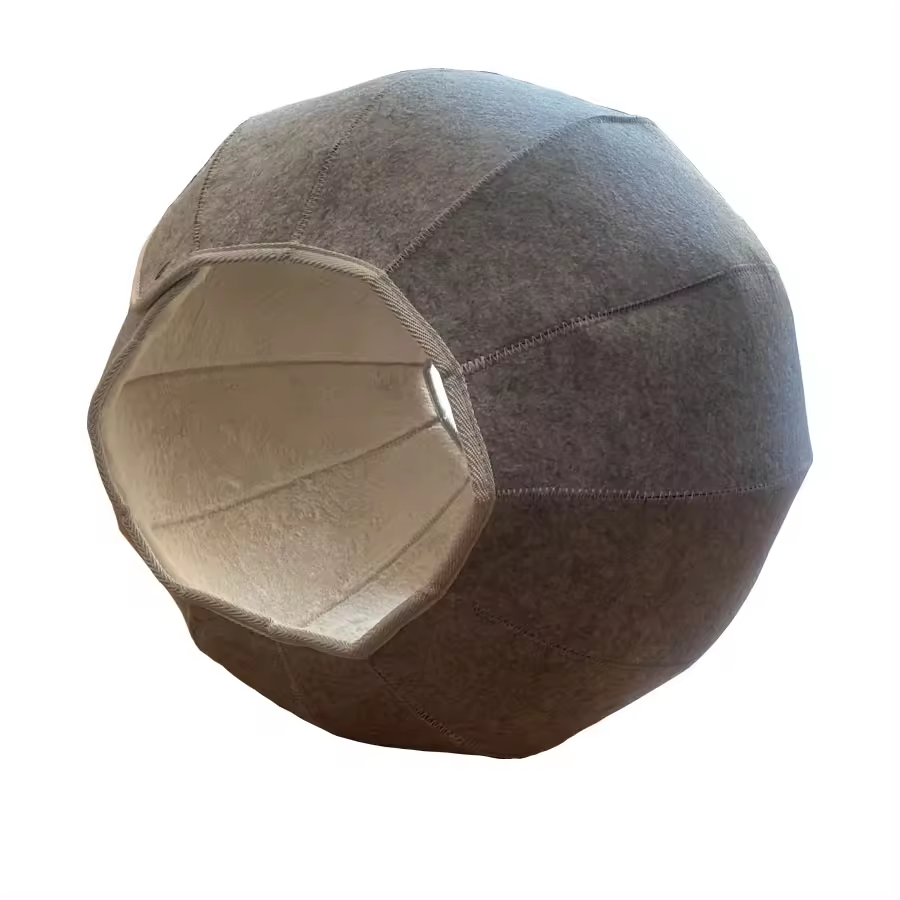Building Sound Absorbing Panels A Guide to Effective Noise Control
In a world that is increasingly becoming congested and noisy, the need for effective soundproofing solutions is more critical than ever. Whether it’s in residential spaces, offices, or public venues, excessive noise can lead to stress, decreased productivity, and a general decline in well-being. One of the most efficient methods for managing sound is through the use of sound absorbing panels. This article provides a comprehensive overview of how to build sound absorbing panels, their benefits, and practical tips for installation.
Understanding Sound Absorption
Before delving into the construction of sound absorbing panels, it’s essential to understand the concept of sound absorption. Sound travels in waves and can be reflected, transmitted, or absorbed by various materials. Sound absorbing materials are specifically designed to mitigate sound reflections by possessing porous surfaces that trap sound waves, converting them into a small amount of heat. This results in a quieter environment, reducing echo and overall noise levels.
Materials Needed
To build effective sound absorbing panels, several materials are required
1. Base Material Commonly used materials include plywood or medium-density fiberboard (MDF) for the frame. 2. Acoustic Foam This is the core material that absorbs sound. You can purchase specialized acoustic foam panels. Alternatively, using mineral wool or fiberglass insulation can also be effective. 3. Fabric For aesthetics and additional sound absorption, a fabric covering is needed. Solutions range from burlap to more attractive artistic textiles. 4. Adhesives and Fasteners Strong adhesives, staples, or screws will hold the panels together. 5. Backing A layer of breathable fabric can be used as a backing to prevent dust accumulation without blocking sound absorption.
Step-by-Step Guide to Building Sound Absorbing Panels
1. Planning and Measuring Determine the size and number of panels needed. This will depend on the dimensions of the room and the desired level of sound absorption. 2. Constructing the Frame Cut the base material (plywood or MDF) to the desired dimensions. These pieces will serve as the panels' frames.
3. Adding the Absorptive Material Cut the acoustic foam or mineral wool to fit snugly inside the frame. Secure it in place using adhesive or staples.
building sound absorbing panels

4. Wrapping the Panel Lay down the chosen fabric on a flat surface, then place the framed panel on top. Fold the fabric over the edges and secure it using a staple gun or adhesive to the back of the frame. Ensure the fabric is taut and smooth to create a professional look.
5. Mounting the Panels Panels can be mounted using various methods, such as wall brackets, adhesive strips, or simply hanging them. Position the panels strategically on walls, above common noise sources, or in corners where sound waves tend to concentrate.
Benefits of Sound Absorbing Panels
1. Improved Acoustics The primary advantage of these panels is the enhanced sound quality they offer by reducing echoes and reverberation.
2. Enhanced Privacy In shared spaces, sound absorption panels can increase privacy by minimizing the transmission of speech and other noises.
3. Aesthetic Value Available in various colors and designs, these panels can serve as decorative elements that enhance the overall look of a room.
4. Cost-Effective Building your own panels can be a budget-friendly option compared to purchasing pre-made solutions, allowing for customization to meet specific needs.
5. Easy Installation Most sound absorbing panels are relatively easy to install, requiring minimal tools and expertise.
Conclusion
Building sound absorbing panels is not only a practical solution for noise control but also a rewarding DIY project. With the right materials and a bit of creativity, anyone can create functional and visually appealing panels that dramatically improve the acoustic quality of their environment. By incorporating these panels into your home or workspace, you can foster a more peaceful atmosphere that enhances focus, relaxation, and enjoyment.
-
snuffle-ball-benefits-for-indoor-dogsNewsAug.22,2025
-
building-acoustic-panels-for-classroom-noiseNewsAug.22,2025
-
installation-best-practices-for-acoustic-art-panelsNewsAug.22,2025
-
health-benefits-from-noise-reducing-hex-acoustic-panelsNewsAug.22,2025
-
creative-shapes-using-felt-panels-acoustic-designsNewsAug.22,2025
-
polyester-acoustic-panels-in-modern-office-podsNewsAug.22,2025
